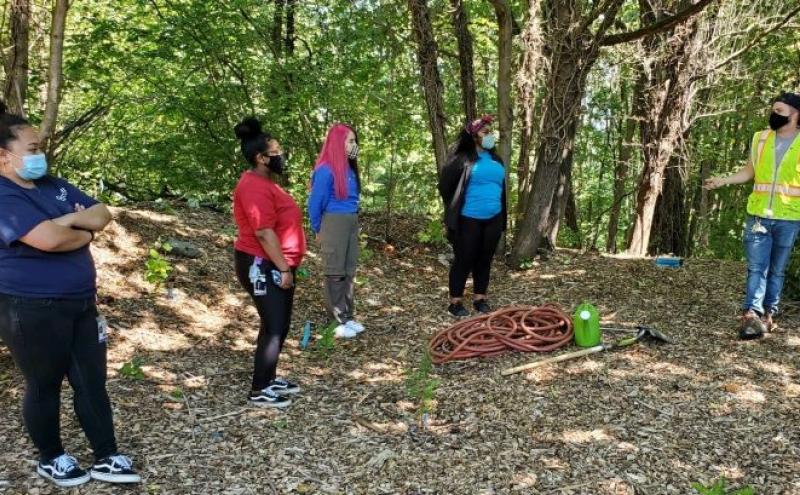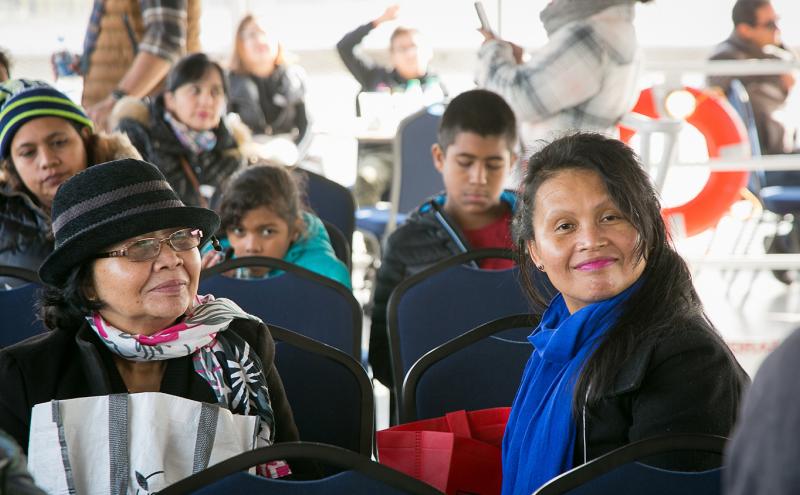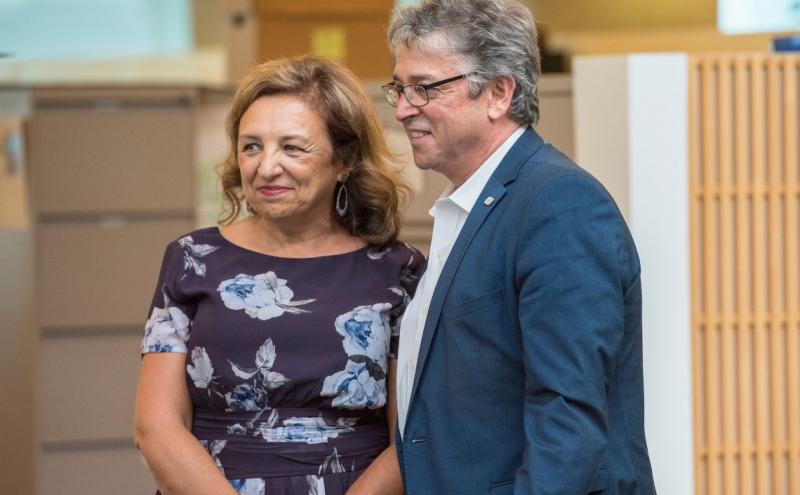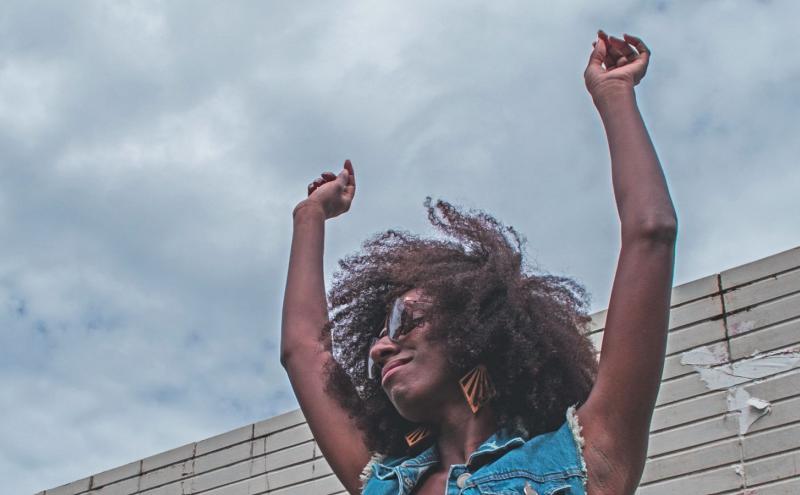
Patricia Ly is Assistant to the Managing Director of Seattle-Tacoma Internation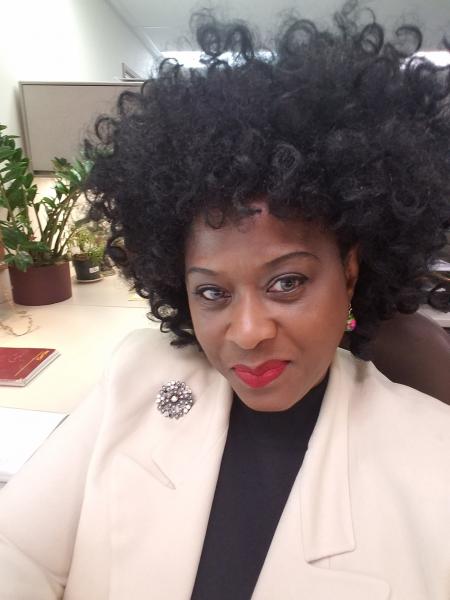 al Airport (SEA), and a National Board Member and Regional Director of Blacks In Government (BIG). As part of our ongoing discussions on equity, diversity, and inclusion, she shares her commentary on how companies can succeed in their culture change efforts.
al Airport (SEA), and a National Board Member and Regional Director of Blacks In Government (BIG). As part of our ongoing discussions on equity, diversity, and inclusion, she shares her commentary on how companies can succeed in their culture change efforts.
At the Port of Seattle and Seattle-Tacoma International Airport (SEA), we are working hard and having ongoing conversations about how to make our workplace and our communities a better place for all employees, managers, leaders, and the communities we serve. I’d like to share my thoughts on how organizations can make long-term change sustainable.
How can members of our organization and community embrace cultural changes as part of a business imperative?
Equity, diversity, and inclusion efforts are beginning to happen across our country as most Fortune 500 organizations have integrated “diversity” in some form as part of their overall goals and objectives. According to Forbes magazine, most diversity and inclusion initiatives fail when they are used solely as recruitment tools or metrics to check the boxes, rather than an authentic and systemic shift in the organizational culture. Understanding the true value of diversity in the workplace is essential as the paradigm of team work becomes entrenched in the workplace.
To realize authentic long-term change, equity, diversity, and inclusion must be included as part of a systematic change initiated by a well-documented plan of action, complete with goals and objectives that are replete with small manageable tasks that continue to advance the work. Gaps and barriers to these goals must be identified. Diversity and Inclusion, as principles, must be integrated into every element of the culture beginning with leadership, career and professional development, and very important, communication.
These imperatives must not be relegated to box-checking for compliance with corporate governance and self-regulation. Make no mistake — achieving a truly authentic diverse and inclusive workplace will not be easy work! It’s difficult for everyone to combat the unconscious biases and deep prejudices imparted through life experience and the influence of social and mass media. These inputs greatly influence our perceptions.
Education and meaningful dialogue is only the beginning. We must continue to work every day to reinforce awareness and healthy habits. It’s like any other habit. For example, writing the check for your gym dues does not make you healthy. You have to be intentional, show up, engage, and exercise consistently to sustainable long-term results!
What’s the difference between diversity and inclusion?
“Diversity is being invited to the party. Inclusion is being asked to dance!”
Let’s begin by defining both terms.
Diversity, in this context, can be defined as our unique differences … all the ways we are different that typically cannot be changed. At the Port, we believe that having a diverse workforce makes our community richer, our perspectives broader, our interactions more authentic, and our work product and service delivery simply better.
Inclusion harnesses these diverse forces and resources in a way that benefits all. Inclusion applies diversity in such a way that it promotes an environment of respect, engagement, sharing of ideas and original thought … critical resources for better business and growth.
When diversity and inclusion are both in place in an organization or within a team, it is evident through the richness of ideas and perspectives. The two concepts are not interchangeable.
Are your efforts ongoing, authentic, and sustainable?
As you manage your teams, consider whether every member participates and contributes. In an inclusive work environment, where diverse beliefs, backgrounds, and opinions are valued, management has a unique opportunity to leverage these resources to promote a productive work environment and drive employee buy-in, which informs better business decisions.
As we think about equity, diversity, and inclusion, the focus must shift from the organization defining the individual to individuals defining the organization. Only then do we fully engage and embrace trust, transparency, individuality, social responsibility, risk, passion, and promise. This growth strategy moves people to the center of the organization where they feel empowered to provide input that ultimately shapes the culture of the organization.
Are we sitting patiently, listening now and then to a speaker, watching a video at a seminar, or checking a box — then returning to our “regularly scheduled broadcasts” feeling that we have sufficiently met our legal obligation for the year? Studies indicate that diversity, equity, and inclusion training rarely last beyond 48 hours and suggest that it can actually activate bias and spark backlash.
Dance with Me?
Have you ever been invited to a party and found that you didn’t know anyone but the person who invited you? You approached a few but they walked away! You walked around, you postured, yet never were asked to dance, to engage, to participate. Did you excuse yourself or keep trying? Whether YOU waltz, fox trot, salsa or pop lock, WE must intentionally dance together in this equity, diversity, and inclusion work. Only then will authentic, sustainable, and mutual respect grow from our differences and the value we ALL bring to this Party!
Top Photo credit: Lucas Lenzi on Unsplash

